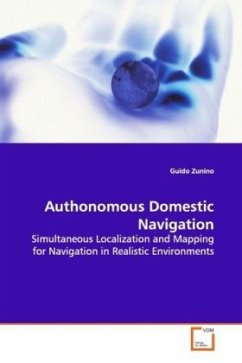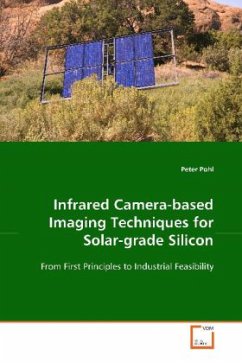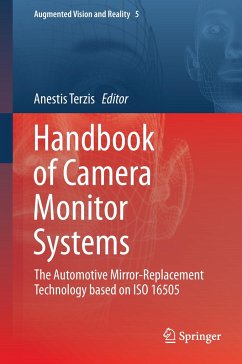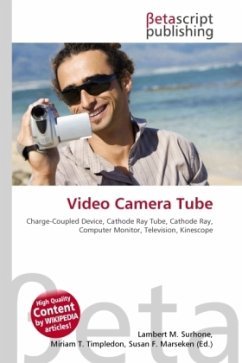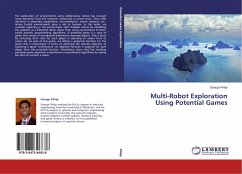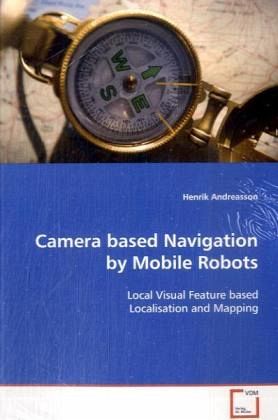
Camera based Navigation by Mobile Robots
Local Visual Feature based Localisation and Mapping
Versandkostenfrei!
Versandfertig in 6-10 Tagen
52,99 €
inkl. MwSt.

PAYBACK Punkte
26 °P sammeln!
The most important property of a mobile robot is thefact that it is mobile. How to give a robot theskills required to navigate around its environment istherefore an important topic in mobile robotics.Navigation, both for robots and humans, typicallyinvolves a map. The map can be used, for example, toestimate a pose based on observations (localisation)or determine a suitable path between to locations.Maps are available nowadays for us humans with fewexceptions, however, maps suitable for mobile robotsrarely exists. In addition, to relate sensor readingsto a map requires that the map content and...
The most important property of a mobile robot is the
fact that it is mobile. How to give a robot the
skills required to navigate around its environment is
therefore an important topic in mobile robotics.
Navigation, both for robots and humans, typically
involves a map. The map can be used, for example, to
estimate a pose based on observations (localisation)
or determine a suitable path between to locations.
Maps are available nowadays for us humans with few
exceptions, however, maps suitable for mobile robots
rarely exists. In addition, to relate sensor readings
to a map requires that the map content and the
observation is compatible, i.e. different robots may
require different maps for the same area. This book
addresses some of the fundamental problems related to
mobile robot navigation (registration, localisation
and mapping) using cameras as the primary sensor
input. Small salient regions (local
visual features) are extracted from each camera
image, where each region can be seen as a
fingerprint. Many fingerprint matches implicates a
high likelihood that they corresponding images
originate from a similar location, which is a central
property utilised in this work.
fact that it is mobile. How to give a robot the
skills required to navigate around its environment is
therefore an important topic in mobile robotics.
Navigation, both for robots and humans, typically
involves a map. The map can be used, for example, to
estimate a pose based on observations (localisation)
or determine a suitable path between to locations.
Maps are available nowadays for us humans with few
exceptions, however, maps suitable for mobile robots
rarely exists. In addition, to relate sensor readings
to a map requires that the map content and the
observation is compatible, i.e. different robots may
require different maps for the same area. This book
addresses some of the fundamental problems related to
mobile robot navigation (registration, localisation
and mapping) using cameras as the primary sensor
input. Small salient regions (local
visual features) are extracted from each camera
image, where each region can be seen as a
fingerprint. Many fingerprint matches implicates a
high likelihood that they corresponding images
originate from a similar location, which is a central
property utilised in this work.



